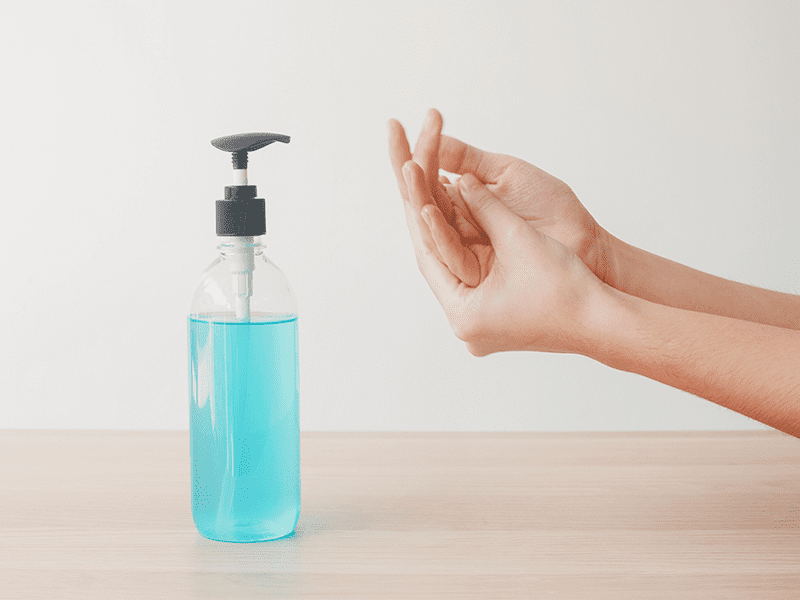Not very long ago, a hand sanitizer in a woman’s handbag was an added luxury, but now it is a lifesaving necessity. Keeping our hands clean and away from the mouth and nose is the most basic precaution against Coronavirus. But why use hand sanitizer? Although the simple everyday process of washing hands with soap and water also keeps hands clean, it is often not feasible (when you are outdoors) and not very environment friendly (think water conservation).
Importance Of Using Hand Sanitizer During The Pandemic
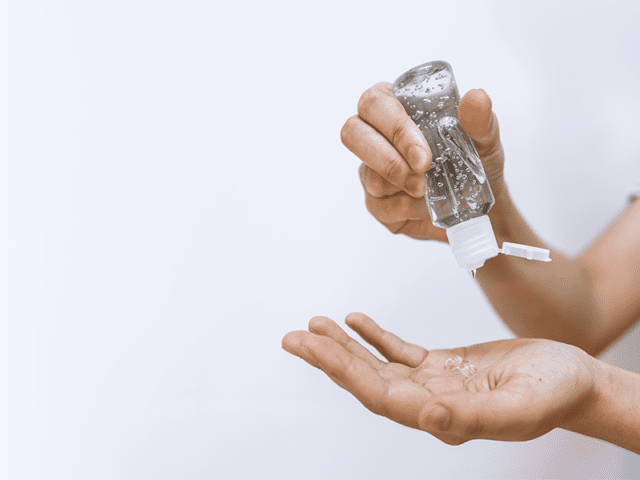
Knowing how to use sanitizer is an easy and effective means to ensure that any bacteria present in the hands is effectively eliminated. A hand sanitizer benefits the user as well as others around him/her. For asymptomatic carriers of the virus, using a sanitizer prevents them from passing on the virus to more people. Doctors advise that one should use a hand sanitizer every 2-3 hours to ensure that the hands are clean and bacteria-free. It must be noted that the sanitizer does not help in all situations.
A hand sanitizer is not effective when one has organic matter like dirt, food or in cases where hands are visibly dirty. In such cases, soap and water works best. Thus, understanding when to use sanitizer is just as imperative as understanding how to use sanitizer.
Although the most basic one of the many sanitizer benefits is clean and germ-free hands, there are a series of other ways in which a sanitizer is useful. The most important merit of a sanitizer is the convenience. It is a permanent fixture in hospitals and clinics where the chances of catching a disease are optimal.
The medical fraternity has been actively trying to spread awareness on how to use sanitizer. In addition to this, it is a very effective solution for times when a sink is unavailable. A hand sanitizer is your sink, water and soap packed into a small bottle, ready to be carried around everywhere.
Focal Benefits Of Using A Hand Sanitizer

- It takes a lesser amount of time than washing hands
- It helps in killing bacteria on hands
- It is convenient as finding a sink is not always possible
- It kills microorganisms on the skin
- There are less chances of skin irritation as compared to soap
- It eases resistance from microorganisms
Most-Commonly Used Types Of Hand Sanitizers
The market today is choc a bloc with hundreds of different kinds of sanitizers. Choosing amongst them can get confusing and overwhelming. All the hand sanitizers can be classified into two broad categories.
1. Alcohol-Based
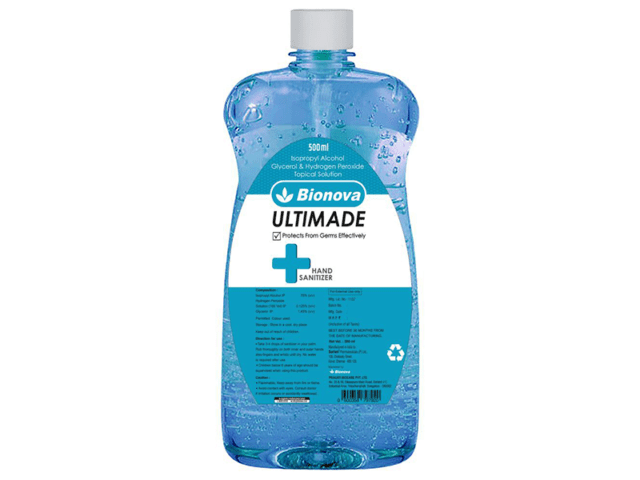
The alcohol-based hand sanitizers have proven to be more effective at combating bacteria than washing hands with soap water. These sanitizers consist of isopropyl alcohol, propanol or ethyl alcohol. The alcohol content in this category of sanitizers ranges from 60% to 95%. The best alcohol based sanitizers are the one with the highest percentage of alcohol as they can provide the best protection against bacteria and microbes. An alcohol-based sanitizer might not be ideal for people with sensitive skin as they can cause excessive drying of the skin. It is crucial for the user to know how to use a sanitizer containing alcohol. The alcohol content of these sanitizers makes them highly flammable. Hence, one should refrain from being around any fire source immediately after using these sanitizers.
2. Alcohol-Free
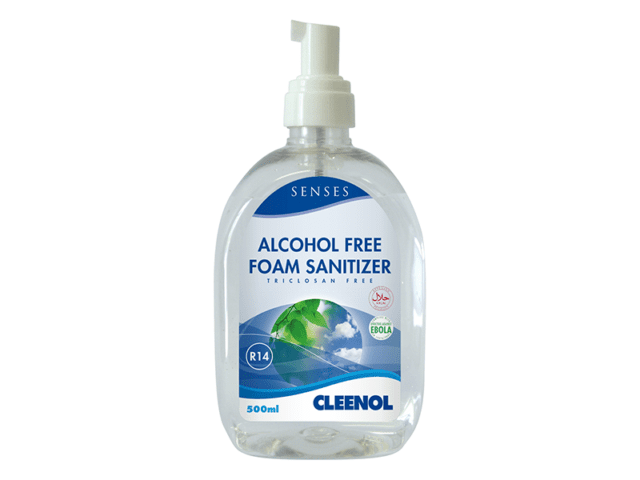
The alcohol-free sanitizers are made using chemicals such as triclosan, povidone-iodine or benzalkonium, making them free from alcohol. These hand sanitizers are safe to use on delicate skin as they are gentle and do not cause any dryness. Even though these kinds of sanitizers are widely used for their antimicrobial properties, their effect remains temporary. Due to the absence of alcohol, these sanitizers reduce the number of microbes instead of killing them. Such sanitizers can protect the skin for a comparatively short duration of time.
Knowing what kind of sanitizer is best suited for your needs and using it does not guarantee complete protection from the microbes until the sanitizer is used properly. Even though using a hand sanitizer is not complicated, one must know how to use hand sanitizer in order to get maximum protection out of it.
How To Use A Hand Sanitizer Correctly

1. Ensure that there is no visible organic matter on the hands. If you see any dirt or grime, wash it with soap and water.
2. Take a small amount of hand sanitizer on your palm (around half a teaspoon).
3. Rub your hands with the sanitizer, ensuring that the entire hand surface comes in contact with it including the front, back and the spaces between the fingers.
4. Keep rubbing your hands together till the sanitizer is completely absorbed and your hands are dry.
Interesting Fact
The WHO had laid out specific guidelines for manufacturers producing hand sanitizers in 2010. However, with the onset of the Covid-19, the world witnessed such a shortfall of them that the guidelines were amended in 2020 to allow more production. This caused many alcohol companies and perfumeries introducing their brands of hand sanitizers.
Sanitisation In Olden Days
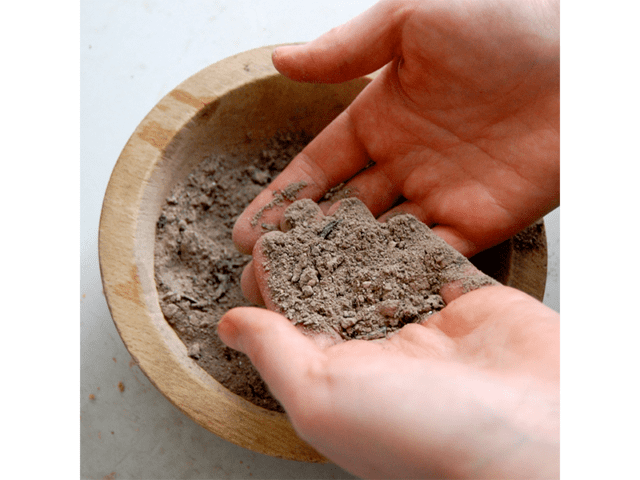
The act of washing hands with mud or ash in the absence of soap or other chemical cleaning agents has been popular since the olden days. Even in the current times, people who cannot afford soap make use of ash to keep their hands clean. Although there is no evidence that ash or mud are effective in killing microbes. In fact, the germs present in these might actually become the cause for diseases. It must however be noted that ash mixed with water forms an alkaline solution which is effective in disinfecting.
It is common knowledge that the act of keeping hands clean has been practised by the human race for centuries as a means of keeping healthy. In the present situation when the Coronavirus has caused a global pandemic, disinfecting hands is of paramount importance. With so much information from all sources on why use hand sanitizer, most people have adopted the practice of using a sanitizer in their everyday life. Just ensure that you are aware of when and how to use hand sanitizer in the correct manner to keep yourself safe from potentially life-threatening diseases.

